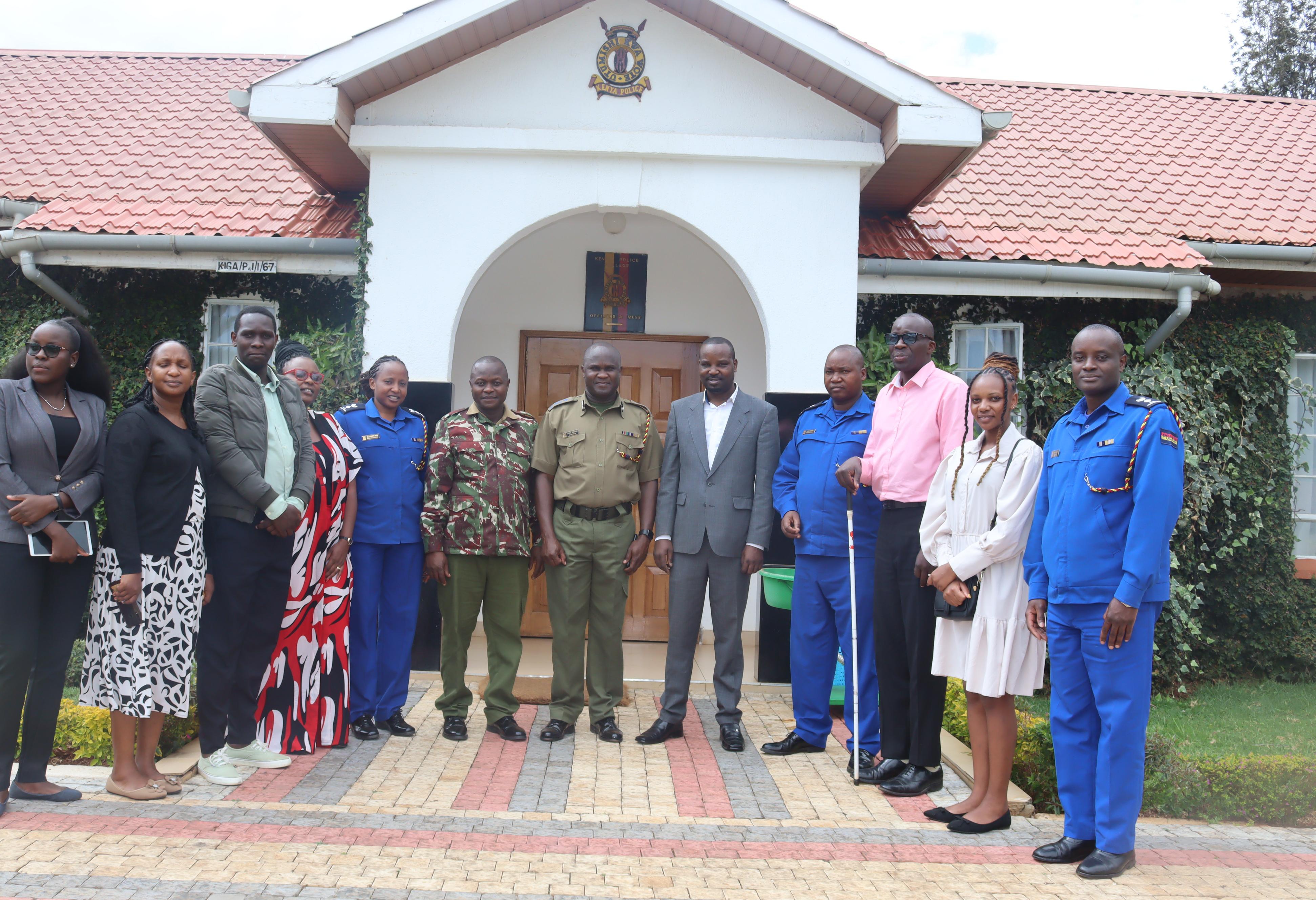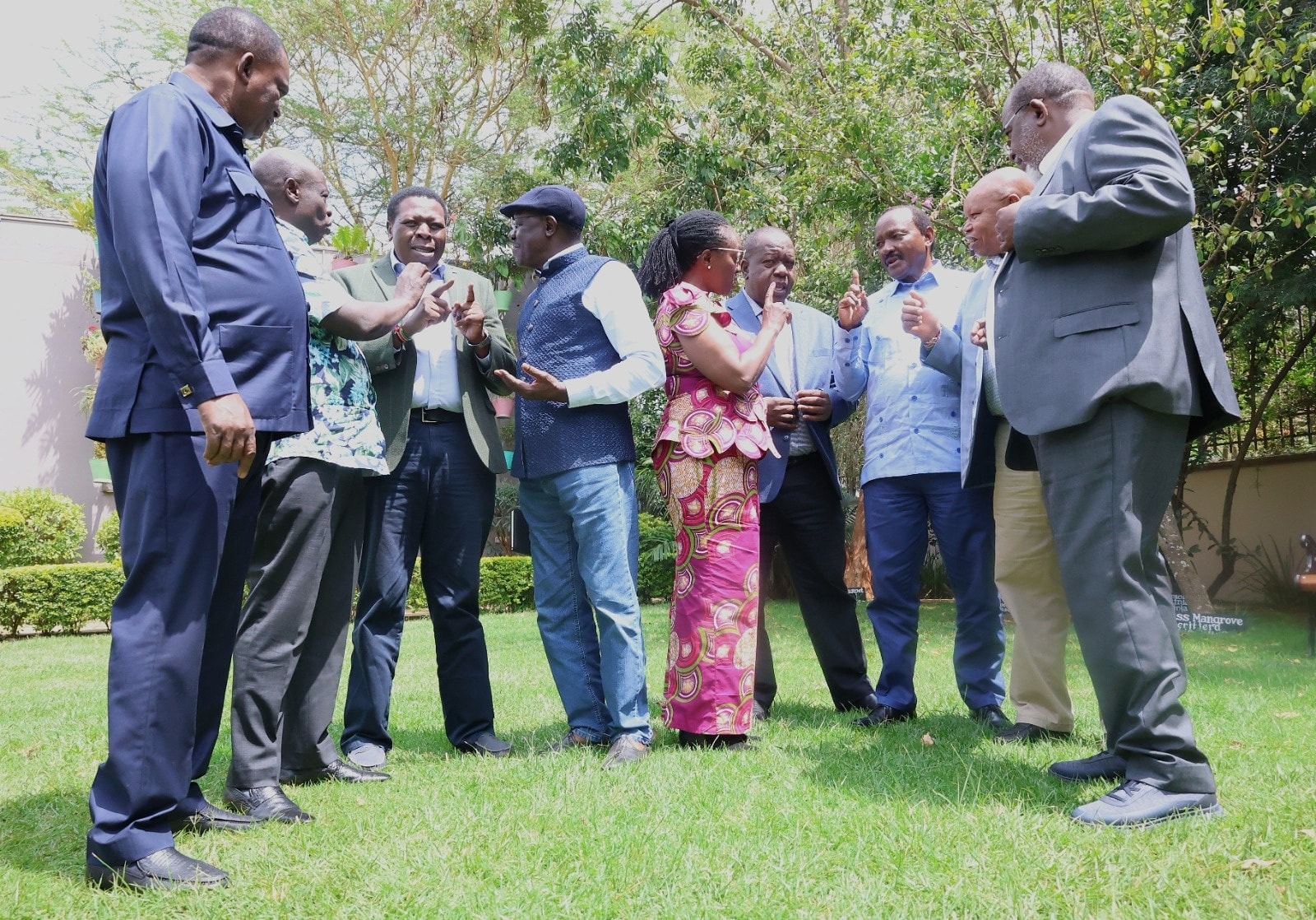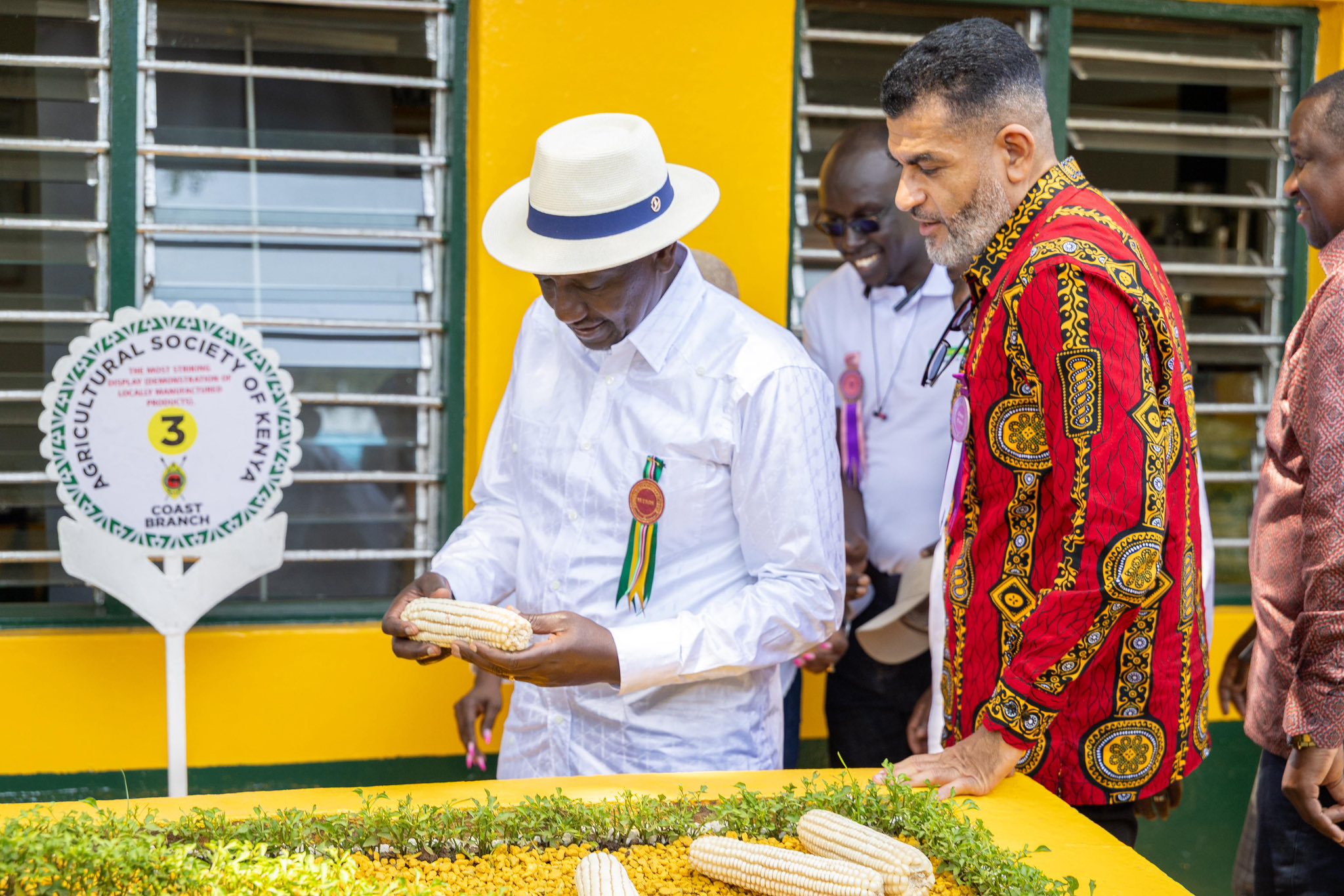The Intersection of AI and Sign Language

Caption: PHOTO COURTESY. KNAD PRESIDENT Nickson Kakiri (Faceb
In a world increasingly shaped by technology, the Deaf community is at the forefront of a new wave of innovation; they are not just waiting for solutions but want to lead the way in developing tools that help them connect with the world more easily.
The rapidly evolving field of artificial intelligence (AI) and sign languages was a major topic of discussion at a recent World Federation of the Deaf (WFD) conference held in Nairobi.
The conference brought together experts and advocates from around the world to examine how these technologies are developed and what they mean for the future of communication access and Deaf rights.
According to Dr. Joseph J. Murray, President of the WFD, and Nickson Kakiri, President of the Kenya National Association of the Deaf (KNAD), the Deaf community is naturally good at coming up with creative ways to use technology.
Speaking in an interview with a local television station, they emphasized the immense potential of AI to create more inclusive communication tools.
A key area of opportunity, they insisted, lies in technologies that can supplement human interpreters. This includes video relay services, which are already providing employment for interpreters and enabling remote communication.
Additionally, the two leaders said the long-term goal is to develop systems that can translate sign language into written or spoken text, and vice versa.
They say Deaf people desire a personalized system, similar to a voice assistant, that can seamlessly bridge this communication gap.
In Kenya, a mobile application called assitALL developed by Signs Media Kenya Limited (SMKL) is a prime example of how technology is making a tangible difference. The app provides on-demand sign language interpretation services by connecting Deaf users with qualified interpreters via video call.
This service is available 24/7 and operates on a pay-per-minute basis, with users topping up a digital wallet through Safaricom’s M-Pesa.
assitALL is a crucial step toward ensuring that the Deaf community can access essential services like healthcare, government services, and banking without a communication barrier.
Despite this kind of promise, both Dr. Murray and Kakiri caution that new technology presents its own set of challenges. A major issue is the development of technology without the input of Deaf people. For instance, some sign language gloves offer only one-way communication, failing to provide the two-way, equal exchange needed for effective conversation.
They stressed that developers of AI solutions must involve Deaf individuals from the initial stages of innovation. Murray cited a successful example in the transport sector, where digital avatars use sign language for flight announcements.
Both leaders emphasized that technology should only serve to supplement, not replace, human interpreters, further stressing that human empathy, facial expressions, and emotions are crucial components of communication that no machine can fully replicate. Kakiri stated, "It's very crucial to have human empathy."
Dr. Murray, while urging people to learn sign language, said it exposes one to other languages, as signing systems share similarities across different countries.
The KNAD President said with estimated 2.7 million Deaf people in Kenya (5.5% of the population), there is a pressing need for the government to support the community.
He highlighted that many innovations in Kenya still fail to include Deaf people in their development stages.
As a key outcome of the conference, Dr. Murray urged the Kenyan government to pass the Kenya Sign Language (KSL) bill, which is currently at its second reading. This legislation would not only formalize KSL but also mandate its use in public services, paving the way for greater inclusion.
Parents of Deaf children were also encouraged to learn sign language, as it is a crucial way to show love and support while helping them navigate new technologies.
Source: Citizen TV
Tags: KNAD Nickson Kakiri Joseph J. Murray NCPWD assitALL App Signstvkenya Editor's Pick
Related
Share this article
Experienced and versatile writer, dedicated to using my exceptional writing and editing skills to inform and advocate. My work focuses on educating and entertaining readers on a range of topics, with a particular expertise in matters of disability.
View articles

